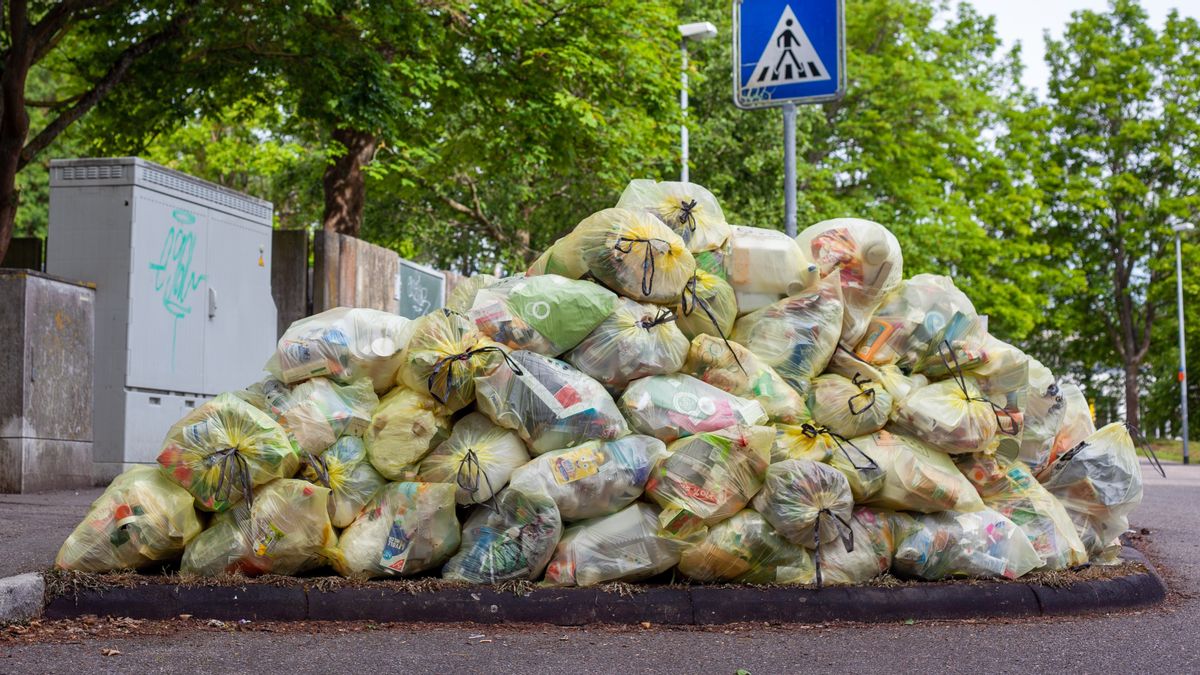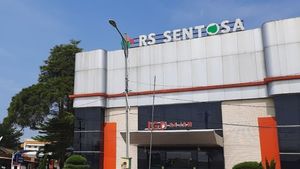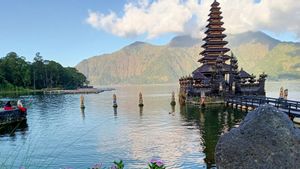Food waste has a very large contribution to climate change. Unfortunately, food waste is a danger that people don't realize. Disposing of food residue carelessly seems to be commonplace.
Based on research results from the National Development Planning Agency (Bappenas), Indonesia lost 23 to 48 million tons of wasted food, both from waste andfood loss, per year from 2000 to 2019. Then from data from the Ministry of Environment and Forestry of the Ministry of Environment and Environment and Forestry in 2021, food waste will become the most waste in Indonesia, which is 29.1 percent of total waste.
The majority of food wasted comes from rice with a proportion of 44 percent. The rest, food waste comes from fruits, vegetables, fish, meat, and others. According to Head of Bappenas Arief Prasetyo Adi, the millions of tons of waste should be able to support 61-125 million Indonesians.
Since the beginning, Indonesian people have been taught to always spend food so that nothing ends up in the trash. Throwing away food can be interpreted as an act of less gratitude, because out there there are still many people who have difficulty enjoying food.
But more than that, there are actually other reasons that require people not to throw away food. Throwing away food means creating a new problem, namely creating food waste, which is a serious problem in climate change.
Quoted by World Wild Life, an estimated one-third of all food produced in the world is wasted. The amount of calories is considered to be enough to feed everyone who is malnourished on the planet. However, food waste today is not just a matter of social or humanitarian issues. Food waste means also environmental problems.
When we throw away food, it means we also waste all the energy and water used to grow, harvest, transport, and packaging. And if food ends up in the trash, it produces greenhouse gases that are even more dangerous than carbon dioxide, "said World Wild Life.
Abdul Ghofar, Pollution Campaigner and Urban WALHI said explaining the dangers that threaten if they dispose of food waste inappropriately. Food waste is very dangerous for the environment because organic waste left open at the TPA will produce methane gas, which has a worse impact on carbon dioxide. methane gas has a flammable nature and can explode.
'Inaccurate handling of organic waste causes the release of methane-type greenhouse gas. When food waste is left open and mixed with plastic waste, it can produce methane gas and can explode, causing a TPA fire," said Ghofar while talking to VOI.
greenhouse gases are also released in the process of producing and transporting food. That's because emissions from vehicles that distribute food produce carbon dioxide, so that it can heat the earth's atmosphere, causing global warming and climate change. If people stop throwing away food, it is believed to reduce the 11% of greenhouse gas emissions produced by the food system.
Generally, people hear or use the termfood waste which refers to food waste. In fact, food waste or more precisely the foodfood stage, is categorized into two types, namelyfood loss andfood waste. Food loss can be interpreted as food that decreases in quality due to various factors in the food supply chain before becoming the final product.
Simphanya,food loss adalah waste makanan yang berada di upstream atau sebelum diproduksi, sementarafood waste waste adalah waste makanan di hilir atau pasca produksi.Food waste adalah sampah makanan restasi konsumsi, sementarafood loss terjadi contoh karena manejemen pertanian, saat pengangkutan, dan lainnya,Ghofar menambahkan.
Then, what is the role of the community to reduce food waste? Most importantly people change their wasteful lifestyle, including in terms of food. The public must realize that food residue is the main problem, the largest contributor to greenhouses so that they should eat and cook sufficiently so as not to create leftover food.
The most important action is to prevent the creation of food waste, so we have to eat and measure consumption power. Even if there is to be food leftover, it should not be mixed with other waste to the TPA," Ghofar explained.
Several ways that can be done to prevent the mix of food waste with other waste are by postulating organic waste so that it can reduce the release of methane directly. In addition, it can also create a biopore hole at home.
"The methods that are done can be adjusted to the availability of land. Or it can also use food waste as animal feed," concluded Ghofar.
VOIR éGALEMENT:
The English, Chinese, Japanese, Arabic, and French versions are automatically generated by the AI. So there may still be inaccuracies in translating, please always see Indonesian as our main language. (system supported by DigitalSiber.id)














